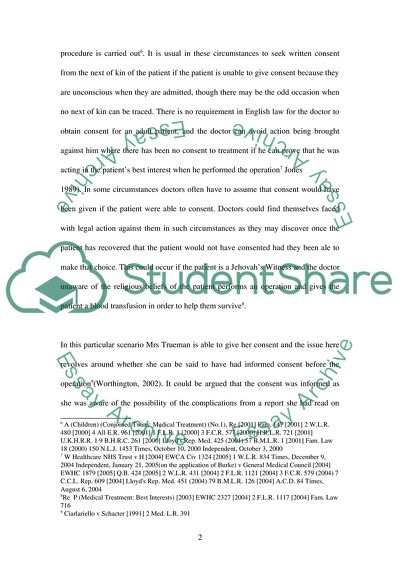Cite this document
(The Ethical and Legal Issues Case Study Example | Topics and Well Written Essays - 2250 words, n.d.)
The Ethical and Legal Issues Case Study Example | Topics and Well Written Essays - 2250 words. Retrieved from https://studentshare.org/law/1706406-ethical-and-legal-issues
The Ethical and Legal Issues Case Study Example | Topics and Well Written Essays - 2250 words. Retrieved from https://studentshare.org/law/1706406-ethical-and-legal-issues
(The Ethical and Legal Issues Case Study Example | Topics and Well Written Essays - 2250 Words)
The Ethical and Legal Issues Case Study Example | Topics and Well Written Essays - 2250 Words. https://studentshare.org/law/1706406-ethical-and-legal-issues.
The Ethical and Legal Issues Case Study Example | Topics and Well Written Essays - 2250 Words. https://studentshare.org/law/1706406-ethical-and-legal-issues.
“The Ethical and Legal Issues Case Study Example | Topics and Well Written Essays - 2250 Words”. https://studentshare.org/law/1706406-ethical-and-legal-issues.


